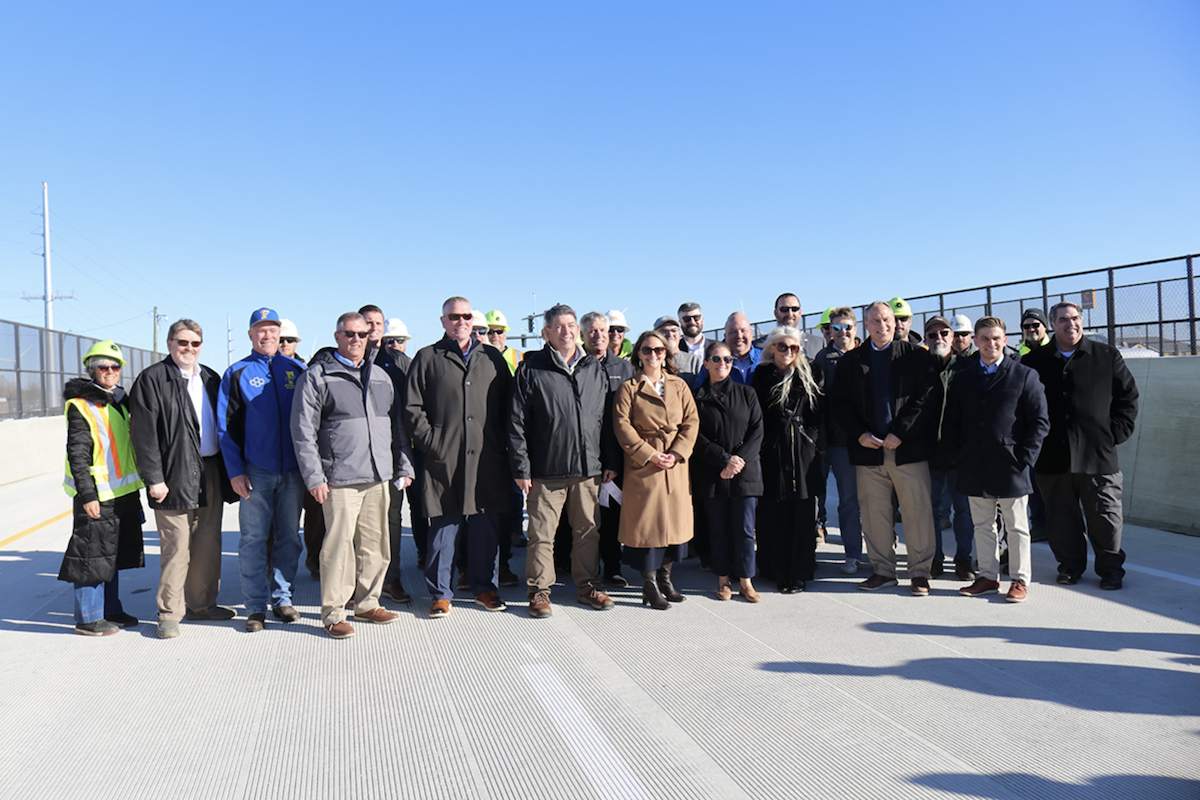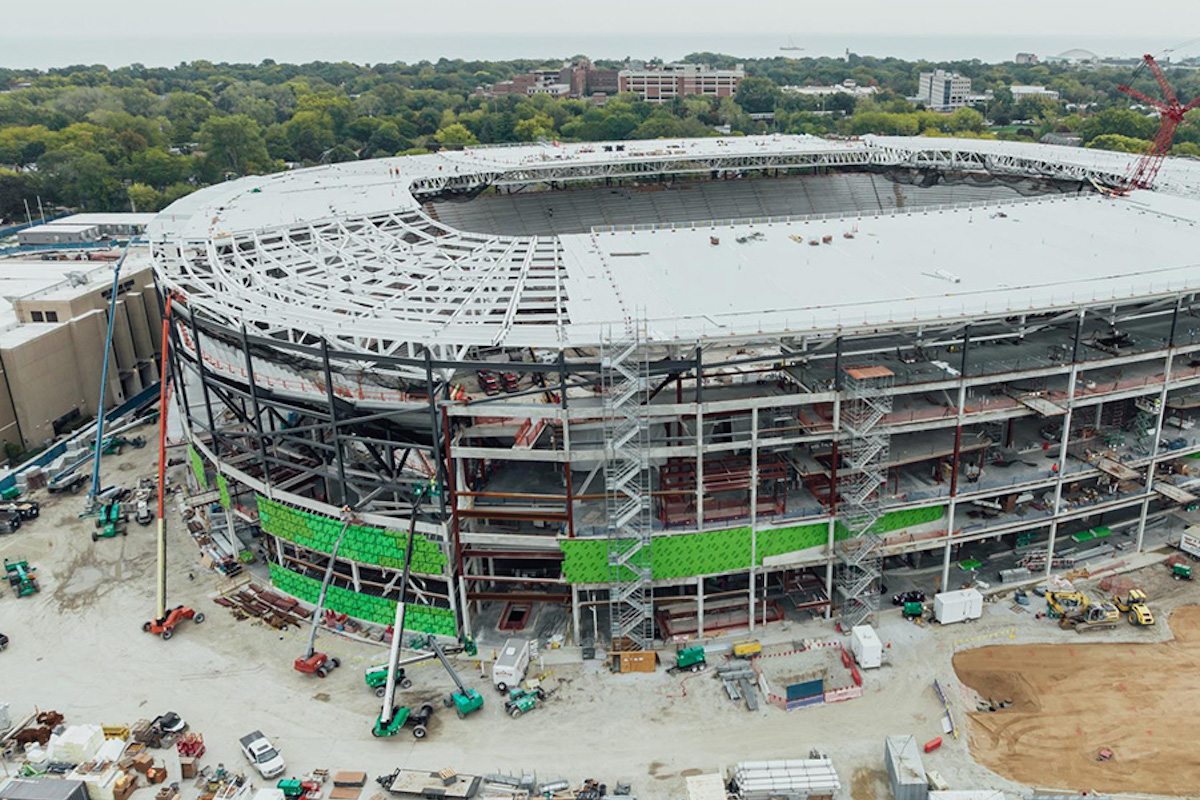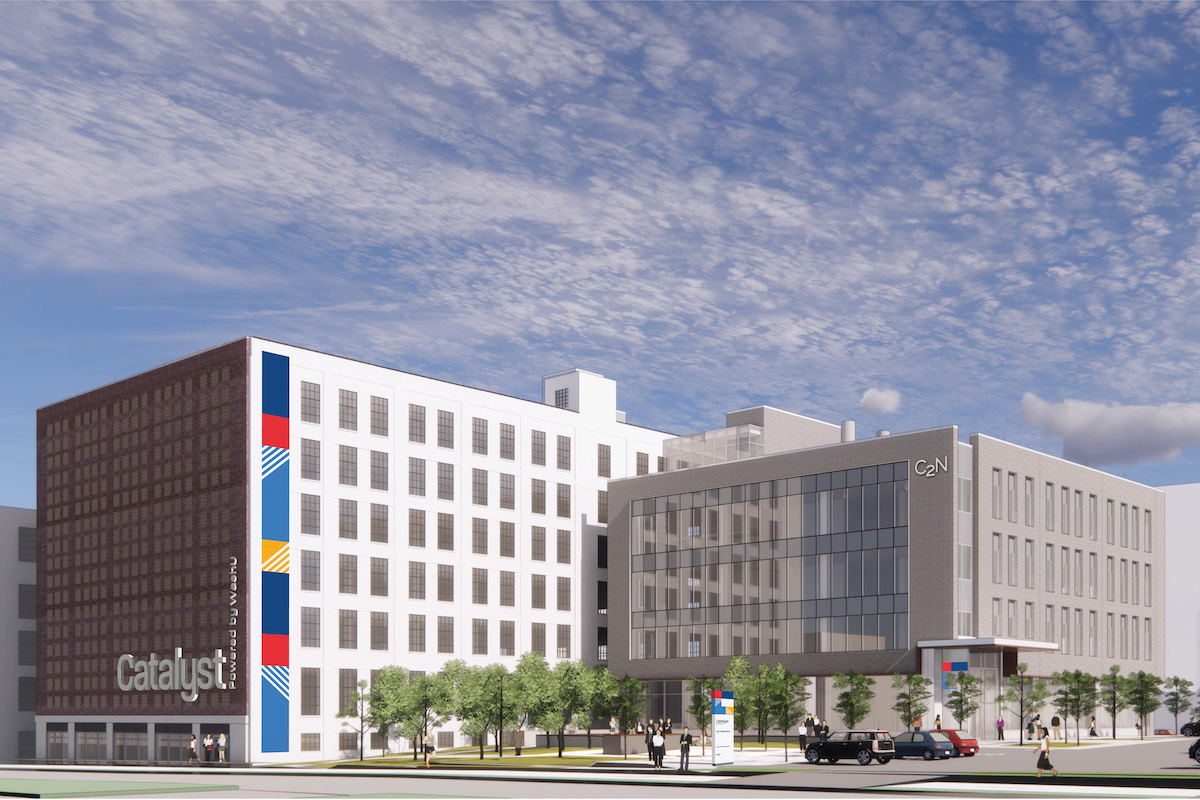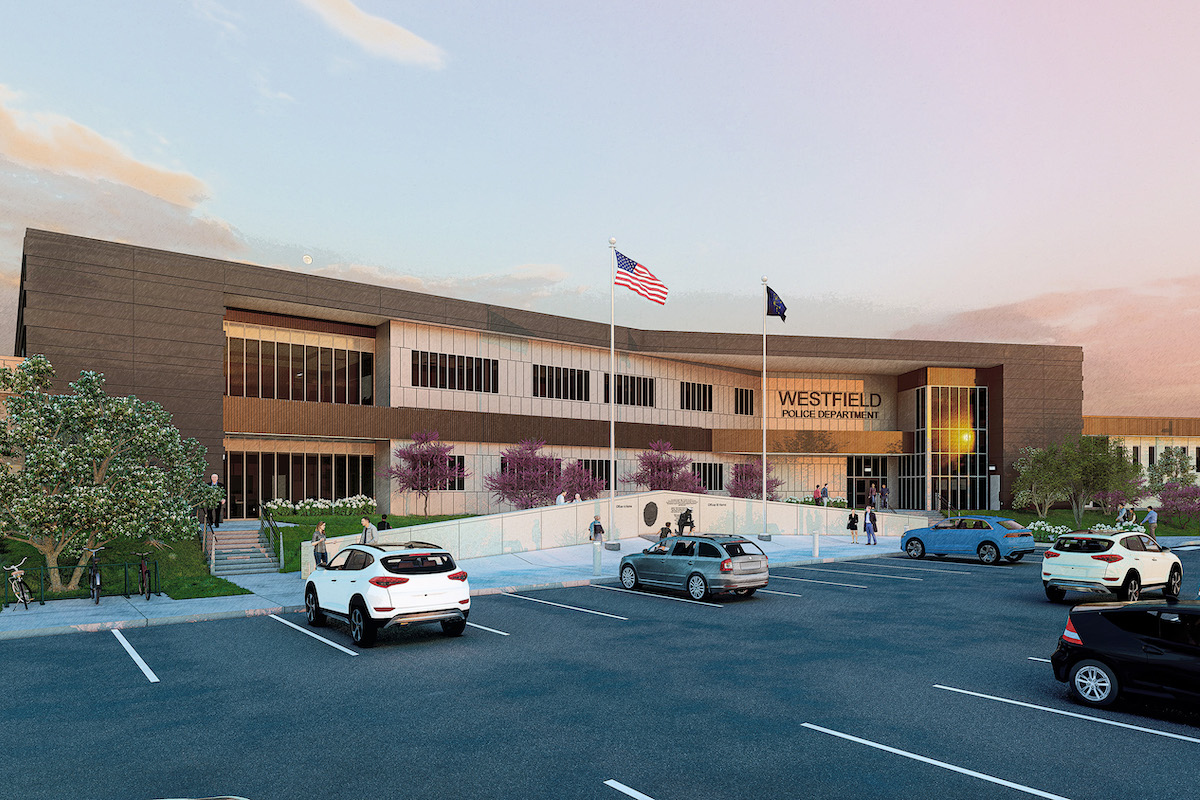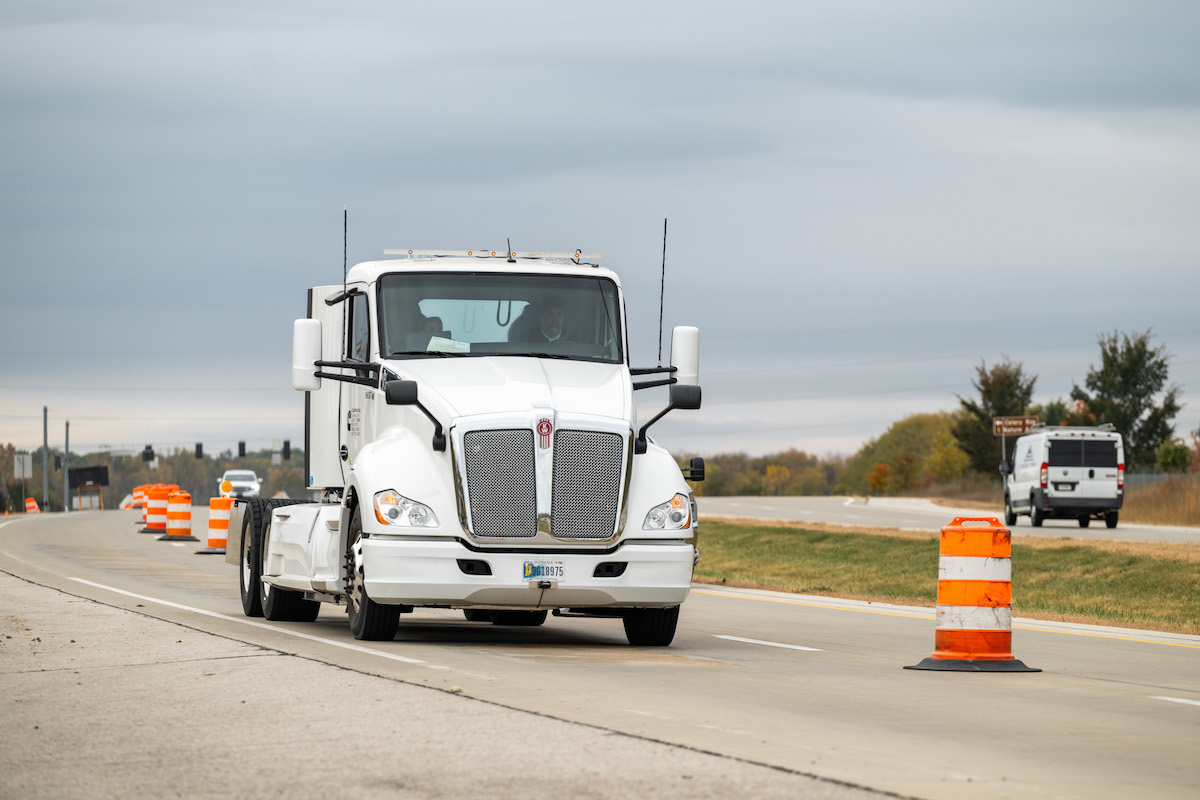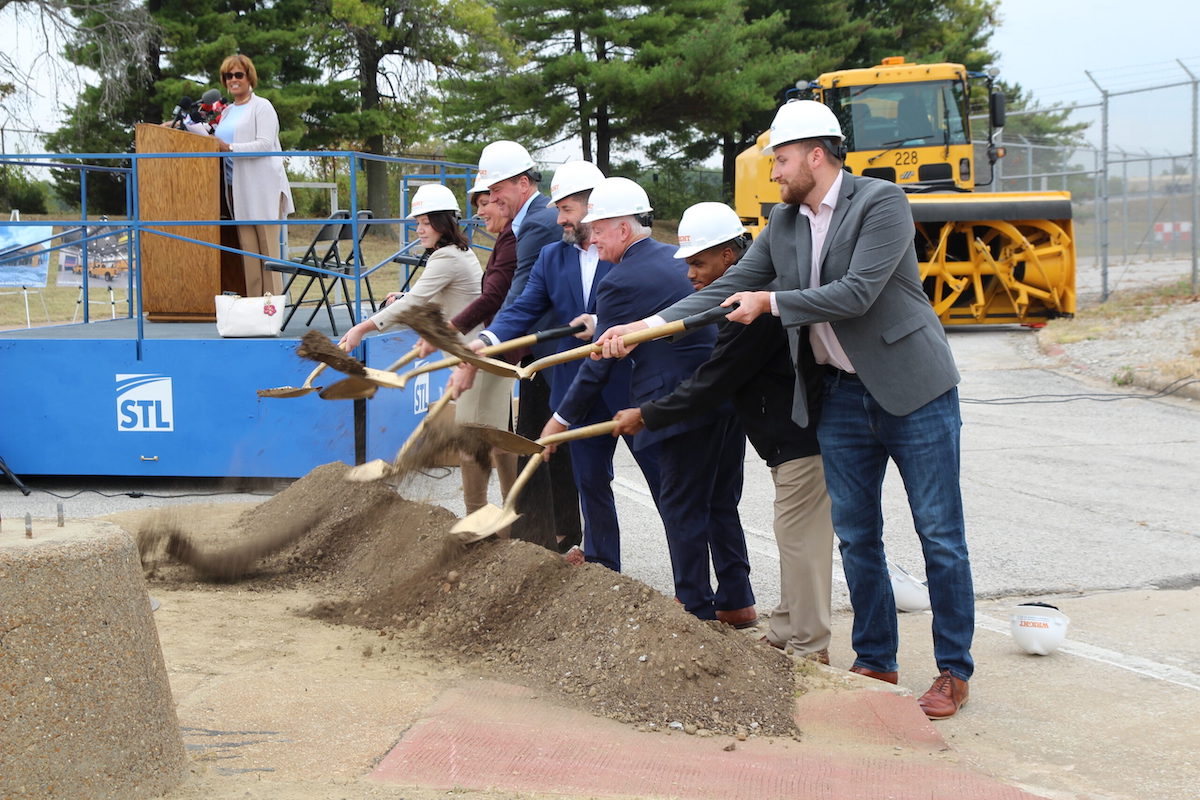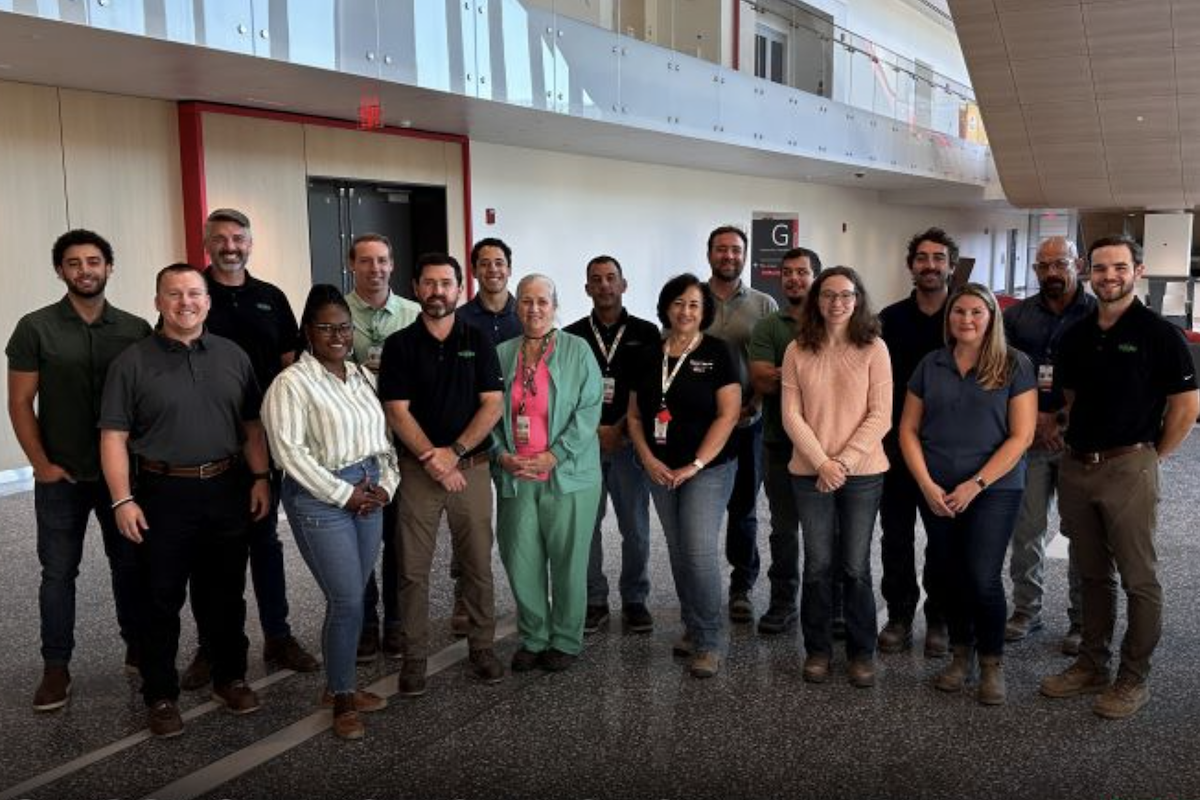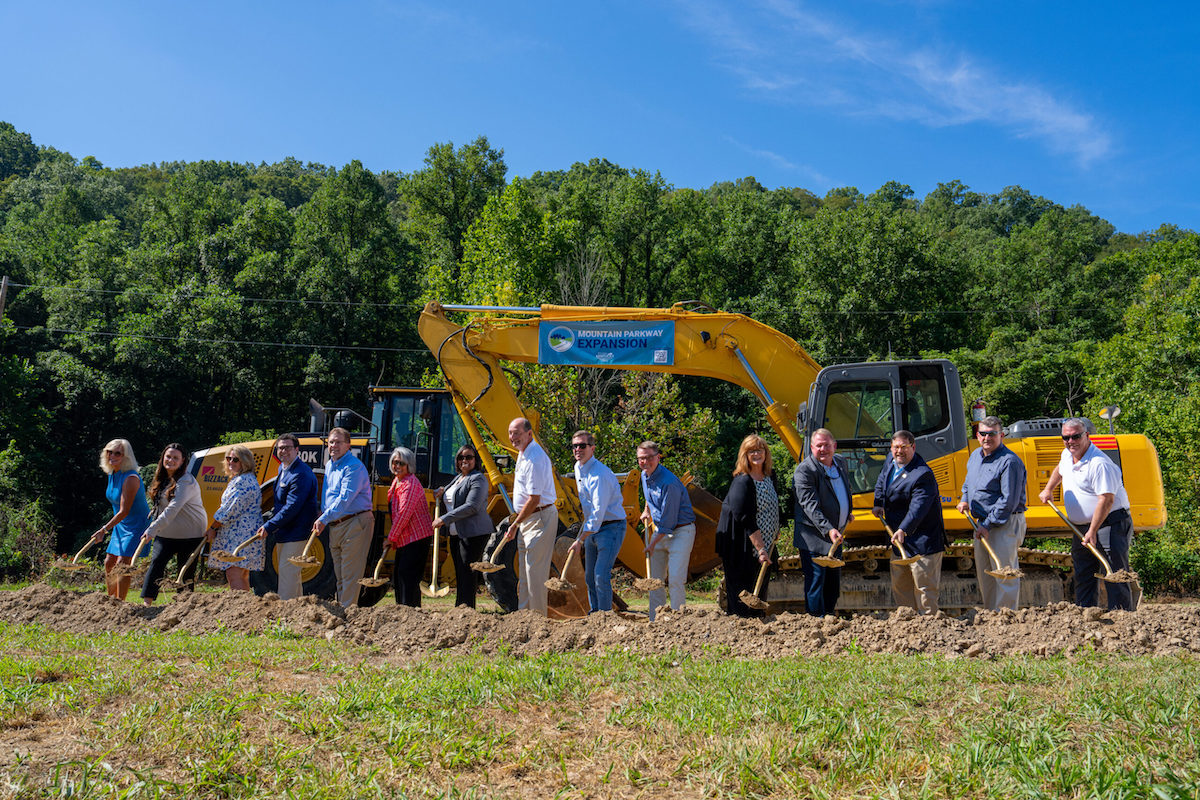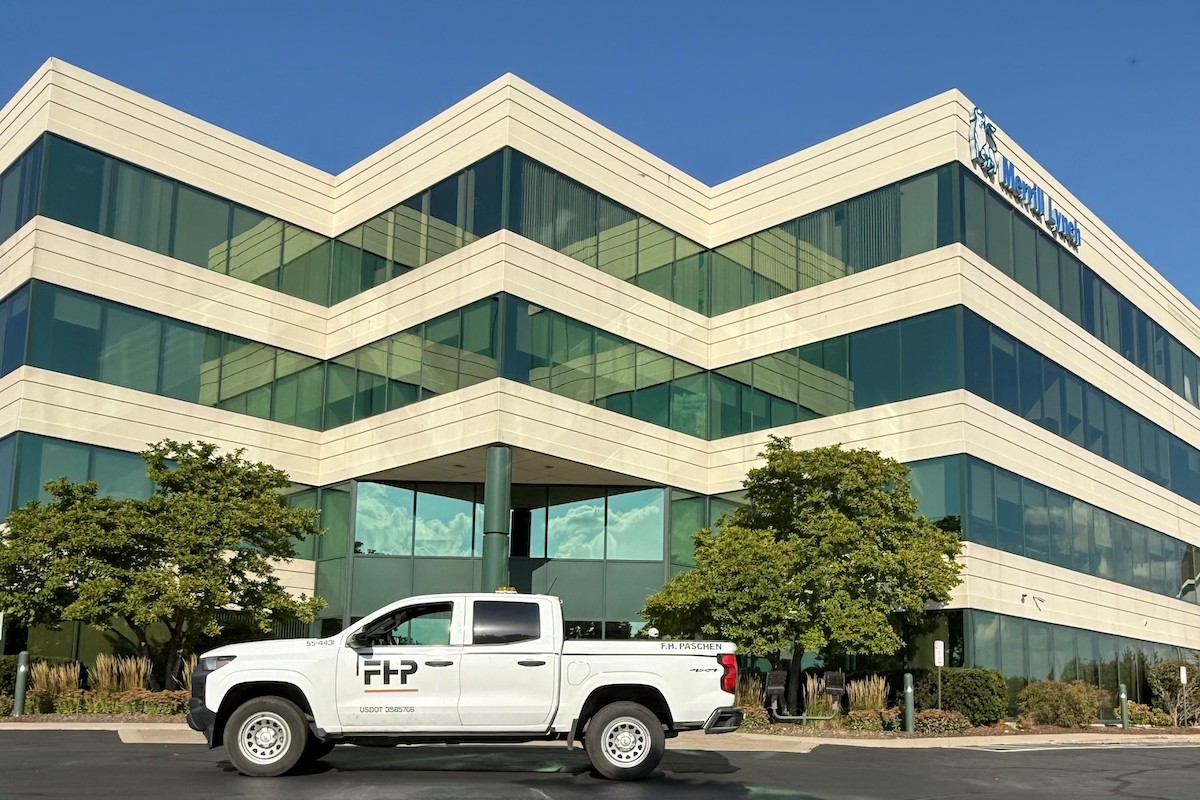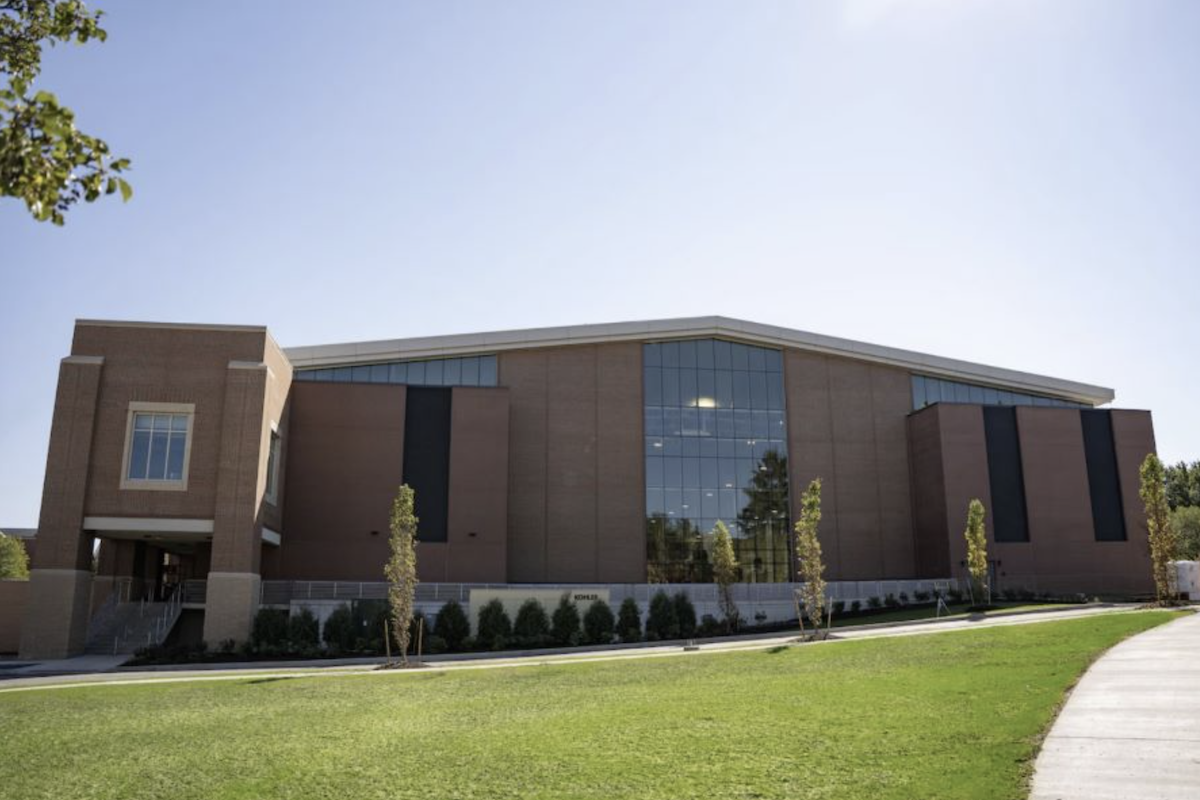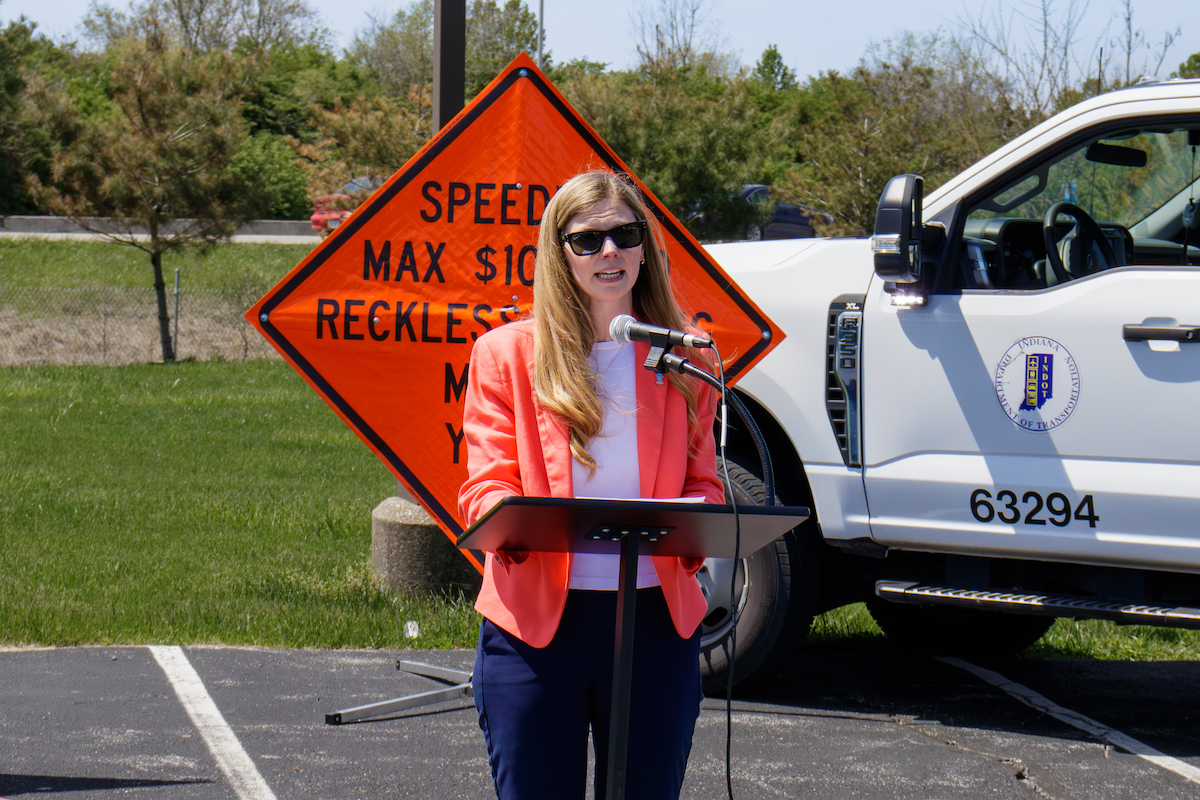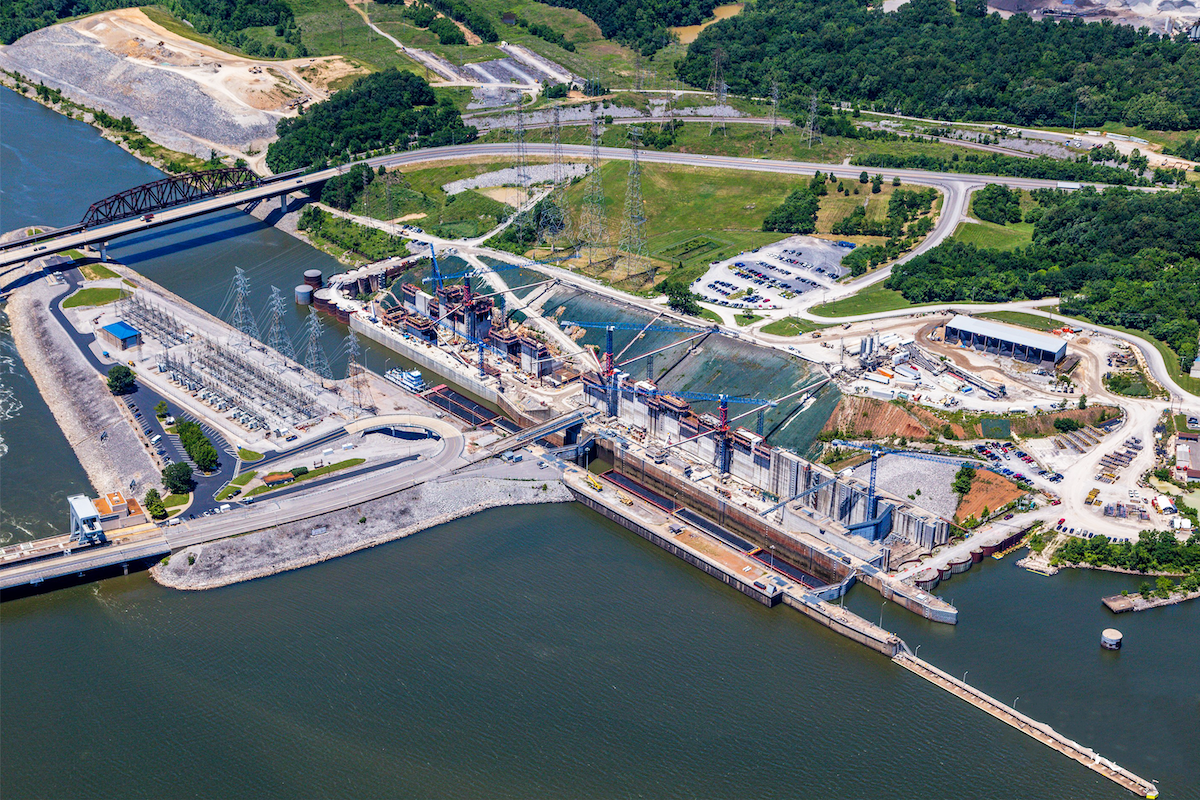“Along with our PDX Next partners, we’re building the space with an eye to the future,” says Allison Ferre, Media Relations Manager for the Port of Portland. “The goal is to create healthy spaces optimized for sustainability, earthquake resilience, and the well-being of travelers, employees and the entire PDX community.”
The project, known collectively as PDX Next, also includes the expansions of Concourses B and E and transportation upgrades to help passengers get in and out of PDX more efficiently. The project broke ground in 2019 with the demolition of Concourse A.
The project team seeks LEED Gold certification. Sustainable features include a wooden roof, an open-loop ground source heat pump system, LED lighting, daylighting, and the use of well water for nonpotable uses, according to the ZGF website.
“When construction is complete in 2025, the footprint of the main terminal will double – with increased capacity to welcome 35 million passengers annually – but use 40 percent less energy per square foot,” Ferre says.

| Your local Trimble Construction Division dealer |
|---|
| SITECH Ohio |
| SITECH Indiana |
| SITECH Mid-South |
“The 9-acre mass timber roof, which is made from Douglas Fir all sourced from within 300 miles, was built on a field to the west of the airport, then broken up into sections and moved over to the terminal one section at a time to be installed,” Ferre says.
W&W Afco Steel of Oklahoma City, Oklahoma, fabricated the longitudinal steel girders for the roof. Walter P. Moore of Houston served as the construction engineer. Derr and Gruenwald Construction of Henderson, Colorado, built the roof in a 22-acre prefab yard on airport property and about one mile from the terminal, starting in 2021 and finishing in January 2023.
The company built the roof in three sections on support towers, 13 feet off the ground, a safer and more workable distance from the ground than the final elevation. Crews added the mechanical and electrical and checked that there were no gaps. They also installed at the terminal the Y columns the roof rests on. It took about two years to complete. In addition to wood and steel, it has 49 skylights.
“It’s the most interesting project I have worked on so far,” says Kyle Lambert, an Engineer with Mammoet on the PDX project. “It was able to be done like this due to a tremendous team willing to sit down on the front end and say, ‘How do we make this happen?’ It was an unthinkable build strategy.”
Mammoet began work on the first phase of moving the roof in July 2022. The 16 roof pieces currently installed include five different styles of pieces, ranging in weight from 90,000 pounds to 1.4 million pounds. The largest piece is 240 feet by 160 feet by 20 feet. Work took place at night to avoid conflicts with terminal operations.
“It was a multiday, complex operation, requiring a lot of coordination,” Lambert says.
Crews removed one panel at a time from the prefabricated roof. Then they raised the roof sections from 13 feet to 55 feet using a Mega Jack 800 to jack up each section, taking two days for each panel. Each of the four Mega Jack towers can lift 800 tons.
Some of the roof panels – called super cassettes – had steel girders, and on those, the Mega Jack lifted by the steel beam built into the panel. The others, called drawers, required the use of temporary steel beams to lift the roof panels.
The night crew drove the trailer with a six-tower falsework assembly underneath the roof cassette to hold the roof during transport and handle acceleration forces during the move. Then crews moved each of the roof sections to the terminal using a self-propelled modular transporter (SPMT). The SPMT moves at about 1 mile per hour. The transporter would park next to the runway and wait for air traffic controllers to let Mammoet know when there was a 30-minute window without airplanes to cross the runway to the final construction area.
At the main terminal, crews lowered the panel onto supports with slide pads on the Y-columns and temporary support towers. Crews then used strand jacks to launch each roof piece about halfway to its final position and then the next night, pulled it into its final position on the Y-columns. Crews bolted the roof panel into place. Then the team returned the SPMT to the prefabrication yard.
“When you set the first panel and second panel, you define exactly how the roof will look,” Lambert says.
The entire process took about five days per section of roof. Throughout the process, Mammoet monitored pulling forces, pressures, jacks, loads, and deflection or movement, of the roof cassettes, which presented worries for the team.
“The concern was as you change how you are supporting the roof that it could bend or move in a way different than the configuration,” Lambert explains.
Other entities monitored settlement of the wooden piles, which date to the 1950s. Walter P. Moore designed temporary towers to spread the loads on the original piles so they did not exceed the load they had experienced prior to this project to ensure the safety of the operation.
“One of the key challenges was not overloading these original piles during this process,” Lambert says. “It was an orchestrated effort to make sure at no point did we put the public at risk.”
Mammoet finished moving the first 16 roof panels in February 2023, ahead of schedule and safely. The company has four more roof pieces to move into place during the second phase of construction, after the security and ticketing areas are relocated later this year. Then Mammoet will return in 2024 to install the last four panels.
Lambert praised the collaboration of all the team members for making the project a success.
“It took a tremendous amount of effort from everybody,” Lambert says. “Without everybody giving 110 percent, you could not do a project like this.”





















